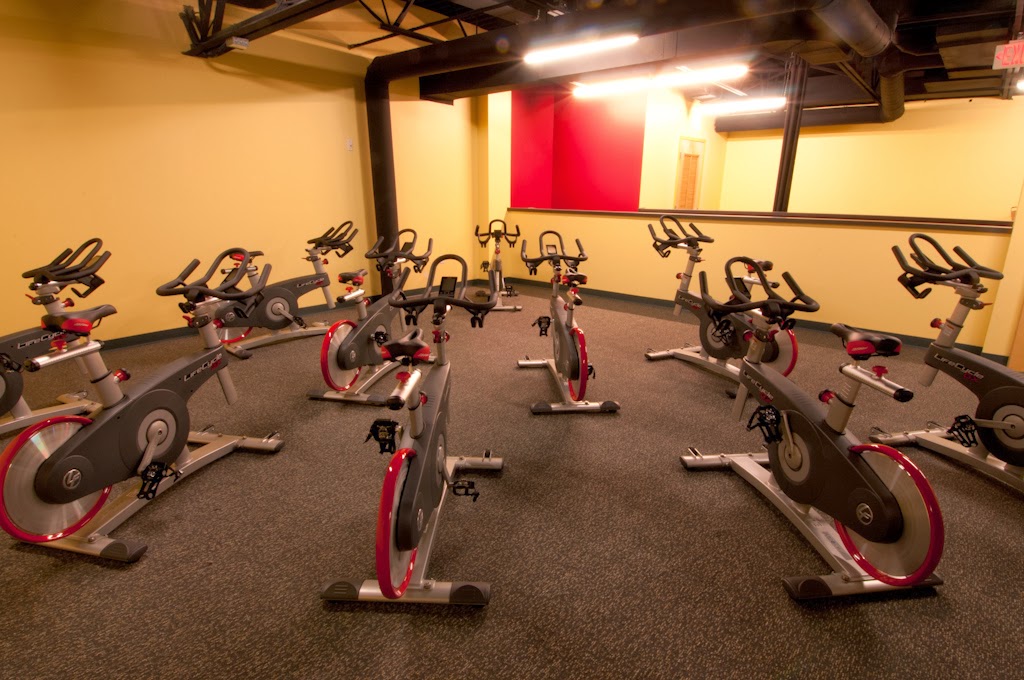essential to keep seeing improvements from your workout. When your
body becomes used to a work load, you plateau, stop seeing results and can
even lose what you’ve been working so hard to gain. Progressing exercises on the TRX is super
simple if you understand the three principles behind suspension training.
Pendulum
principle is based on the fact that the straps will always travel back to a
neutral position, hanging straight down from the anchor. Gravity will work with
you or against you based on where you position the straps when you are
performing an exercise; they can be positioned in front of, behind, or at
neutral. This principle applies to most ground based exercises where the straps
are being moved to perform the exercise. The TRX Crunch is a good example.
1: Starting with your feet behind
neutral. This will make it easier to draw your knees forward, since gravity will be
working with you to bring the straps back to their neutral position.
Starting with feet at neutral. You have to work harder to pull the straps away
from neutral during the motion of the crunch but as you release, gravity will
assist you in brining your feet back to a neutral position.
Starting with feet in front of neutral. You have to fight against gravity to
keep the straps from going back to neutral as hold your plank and try to draw
the straps even further from their neutral position as you perform the crunch.
Vector
Resistance
of vector resistance has to do with body weight vs. body angle when performing
exercises. Take the TRX row for example; as you increase the angle of your body,
the resistance (body weight) you need to work against is increased, making it
more difficult to perform the exercise. The progressions with this principle are
simple; starting close to a vertical position will be the easiest, then
increasing the angle of your body and difficulty more and more until you are nearly
parallel to the ground.
Stability
principle focuses on your center of gravity and base of support. As your
base of support gets smaller and your center of gravity shifts outside its
normal position, your body will become more unstable, making it more difficulty
to perform the exercise. By simply changing your foot position you will
increase or decrease you base of support and difficulty of the exercise. There
are four basic foot positions to progress through.
Staggered stance. Place one foot in front of the other and hip width apart.
Wide stance. Feet set outside the hips.
Narrow stance. Feet set hip width apart or less.
Single leg stance. Body weight is placed solely on one leg.
resistance and stability can be manipulated separately or together. Increasing
the resistance (body weight) and creating an unstable environment will generate
a greater challenge for you when performing your TRX exercise.



















